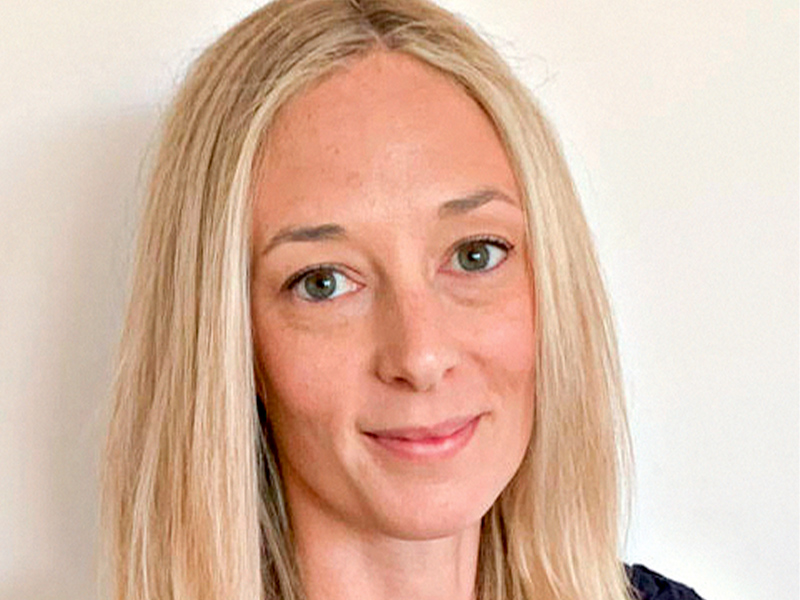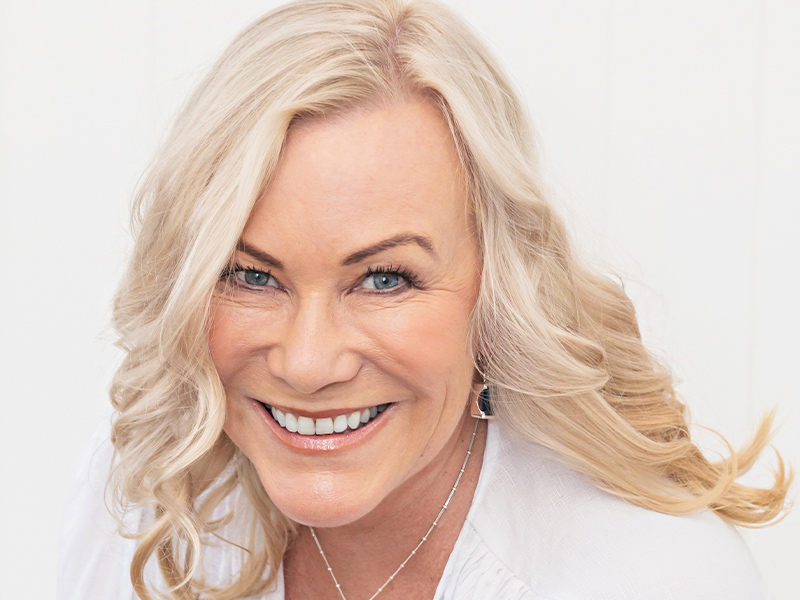‘But you look well’: What it’s really like to live with an invisible illness
Autoimmune disease, chronic pain, anxiety; millions of Australians live with a condition not easily seen by others. Three sufferers reveal why your words and actions matter to them.
Some five million Australians suffer from an invisible illness or disability, according to Invisible Disabilities Australia.
That figure is staggering enough, but specialist GP Dr Emma Rees is convinced the true number of those with an autoimmune disease, anxiety disorder or chronic pain (for example) would be significantly higher than “official” figures.
“Diagnostic journeys can be lengthy, so often people become disenchanted and walk away from the process before they receive a diagnosis,” Dr Rees, founder of digital healthcare platform Femma, explains.
“Some conditions don’t even have accurate diagnostic testing, so those patients could fall through the net completely.”
As a society, there’s no doubt we have a long way to go when it comes to understanding such conditions and how best to help sufferers, but having an open mind is an excellent start, Dr Rees adds.
“We have to be willing to listen,” she says.
“If someone is talking about what they’re going through, it doesn’t mean they want you to do or fix something, they may just need your empathy and support.”
Robyn Jone’s story
Roby, a 38-year-old blogger and food photographer, has suffered from chronic fatigue syndrome since early childhood.
“I didn’t receive my official diagnosis until I was 10, but I remember it came with a sense of relief,” Robyn says.
“I’d been sick since I contracted glandular fever at the age of six, but since no one could quite work out what was wrong with me, there was a lot of talk that I was making things up.
“What I soon discovered, however, was that since little was known about chronic fatigue syndrome, people’s treatment of me didn’t change.
“There was — and still is — an idea that you’re lazy, a ‘little tired’ and that you should be able to push through like everybody else.
“Chronic fatigue syndrome, for me, means extreme fatigue, endless stomach aches, headaches, nausea and bouts when I’m bedridden for months at a time.
“It affects everything. Sometimes you can’t hold on to jobs because of the peaks and troughs of your health, and maintaining friendships is difficult because unless they have a family member with chronic fatigue syndrome, they can’t understand it.
“Your mind is constantly in battle with your body, but over the past 30 years, I’ve managed to find my way around.
“When I was younger, I joined support groups, which helped immensely, and today I work for myself so that I can take time off or work from bed as needed.
“I wrote down my feelings in order to process them and it eventually became a book titled Welcome to ME (mrsjoneskitchen.com).
“I hear the words, ‘But you look well’ an awful lot, which says we still have a long way to go when it comes to addressing how we view illness.
“Empathy and communication is important but my top piece of advice is to never dismiss a child who regularly complains about feeling sick.
“Your actions matter more than you realise.”

- Glandular fever: I was going to bed at 6pm
Janine Leghissa’s story
Janine, a 56-year-old jewellery store director, was diagnosed with systemic lupus erythematosus (SLE), an autoimmune disease, in 2010.
“Before my diagnosis, I was living my dream life.
“I had a great career, owned a fantastic home and competed in half marathons.
“Then one day in 2010, I woke up and realised I couldn’t see properly.
“Unlike a lot of people who say the road to diagnosis took years, mine was immediate.
“I was told I had lupus SLE, an autoimmune disease where the body’s immune system attacks your own organs and tissues.
“It was only when they said it was incurable that I became terrified.
“Everything went downhill quickly afterwards, but I believe that’s because I waited until my body was on the brink of falling apart to seek help.
“The list of symptoms I began battling was soon extensive — lethargy, pain, infections, rashes, difficulty breathing and memory loss.
“Once I found myself in a shopping centre with no memory of where I was or how I got there.
“My relationship with my partner had already broken down and eventually I ended up losing my home.
“Homeless with three children to feed, I discovered I wasn’t even eligible for Centrelink benefits because I’d earned too much the year before.
“Twelve years later, I’m still on the waitlist for emergency housing.
“We survived by selling our belongings online, and over time I realised that was a pretty good way of earning an income around my condition — so now I have Desiderate (desiderate.com.au), a successful online jewellery store.
“Today, some months are worse than others but one thing that doesn’t change is the level of judgment I face on a daily basis.
“Sometimes people say, ‘Oh, you’re sick again?’ (I’m always sick).
“Or they leave nasty notes on my car if I have to park in a disabled parking spot (I have a sticker).
“I always try to take the time to educate others in the hope that attitudes will change over time.”

Sophie Dillman’s story
Sophie has battled endometriosis and polycystic ovary syndrome since high school. The 29-year-old Home and Away actress was 20 when she was diagnosed.
“My periods were painful from the get-go.
“It wasn’t a monthly pain but when it hit, I’d vomit, faint and often have to take time off school.
“Obviously I could see I was being affected by my periods more than other girls — my breasts were always sore and my stomach was incredibly bloated — but I told myself I was just being a wuss.
“It was only when a gynaecologist investigating a burst ovarian cyst insisted on performing a laparoscopy that the true nature of my condition came to light.
“Managing endometriosis can feel like a full-time job at times.
“In the past nine years, I’ve had three laparoscopies and tried all the birth control and hormone replacement pills to manage pain and battle fatigue, swelling and other symptoms that only seem to get worse as you get older.
“There are little quick fixes I rely on.
“Hot water bottles are an absolute lifesaver and the heated seats of my Mazda are my saving grace for long car trips.
“But often it can feel like you’re battling things on your own.
“For this reason, I’ve found support groups on Facebook and through Endometriosis Australia to be invaluable.
“I think one of the biggest problems people with invisible illness face is that everyone else wants to share their ‘quick fix’ solutions with you.
“I’m always being advised to go vegan, avoid phthalates, have a baby — and all that advice can be even more exhausting.
“I get that good intentions are often behind their words but I think sufferers of conditions not easily seen need to be more vocal about what we go through.
“The more noise we make, the more recognition and funding these conditions will receive.”

Written by Dilvin Yasa.





